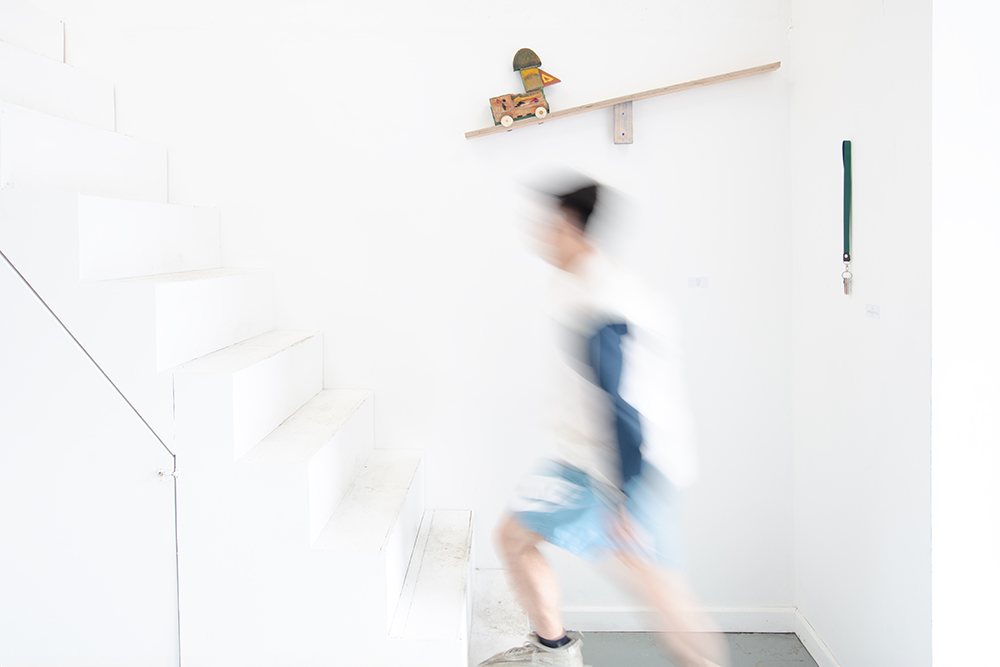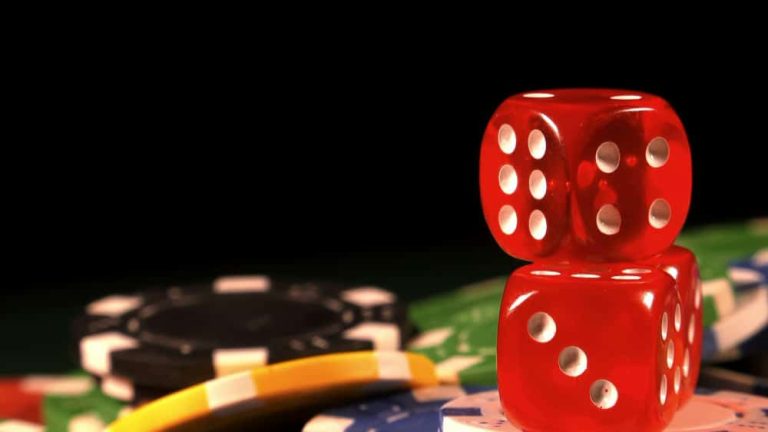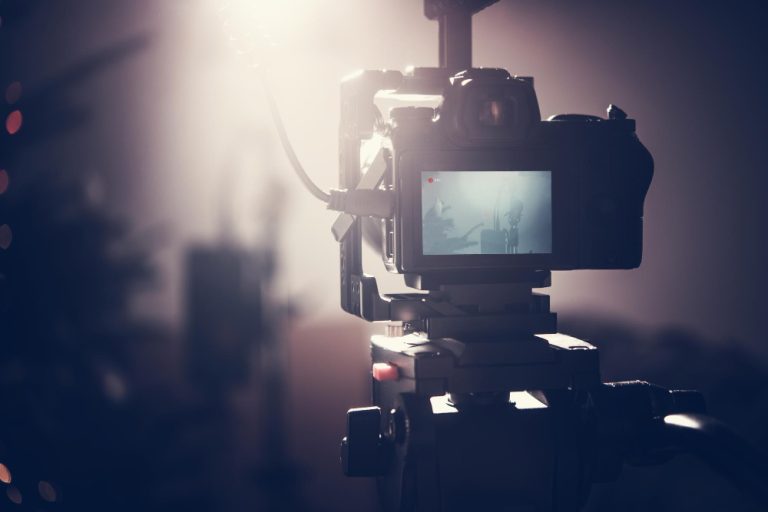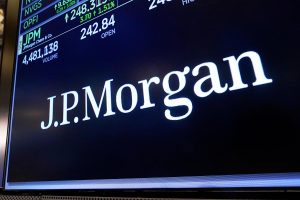What does it mean to give new meaning to objects in an age defined by digital saturation, fractured attention, and semantic overload? For curator Yanru Hu, the answer lies not in spectacle but in structure. Her curatorial practice takes seriously the proposition that objects are not neutral carriers of form but active participants in meaning-making. With a background in choreography and a deep engagement with interdisciplinary theory, Yanru has emerged as a practitioner uniquely attuned to how things—materials, gestures, arrangements—speak, transform, and re-signify.
This approach was most clearly articulated in Substance & Recoding, a group exhibition held from 29 May to 1 June 2025 at Mezzanine, Orion Business Centre, Surrey Canal Road, London. Yanru served as the lead curator of the project, which was situated in an artist-run space known for dialogic formats. Conceived as an inquiry into what she terms “semantic turbulence” — the condition in which everyday objects lose their fixed referents and begin to oscillate between past meanings and speculative futures — the exhibition drew on semantic turn theory and Yanru’s experience in performance-led environments. Rather than presenting a static display, Yanru curated the show as a discursive environment—a living system of semiotic play.
Substance & Recoding Exhibition
The exhibition featured a diverse set of works spanning sculpture, installation, glass, metal, and interactive media. What linked them was not aesthetic similarity but a shared logic of recoding. One installation reassembled consumer waste into ritual configurations, invoking both ecological anxiety and ancestral memory. Another presented a set of mirrored objects that distorted viewers’ reflections, destabilising visual identity in real time. Throughout the space, audience engagement was subtly choreographed: motion-sensitive lighting, shifting sightlines, and intentional thresholds slowed down movement and invited reconsideration. The works did not simply occupy space; they recalibrated it.
“In my curatorial work,” Yanru notes, “I am less interested in representation and more in transformation. What can an object become once its function is suspended? What new stories emerge when we disrupt its expected context?”
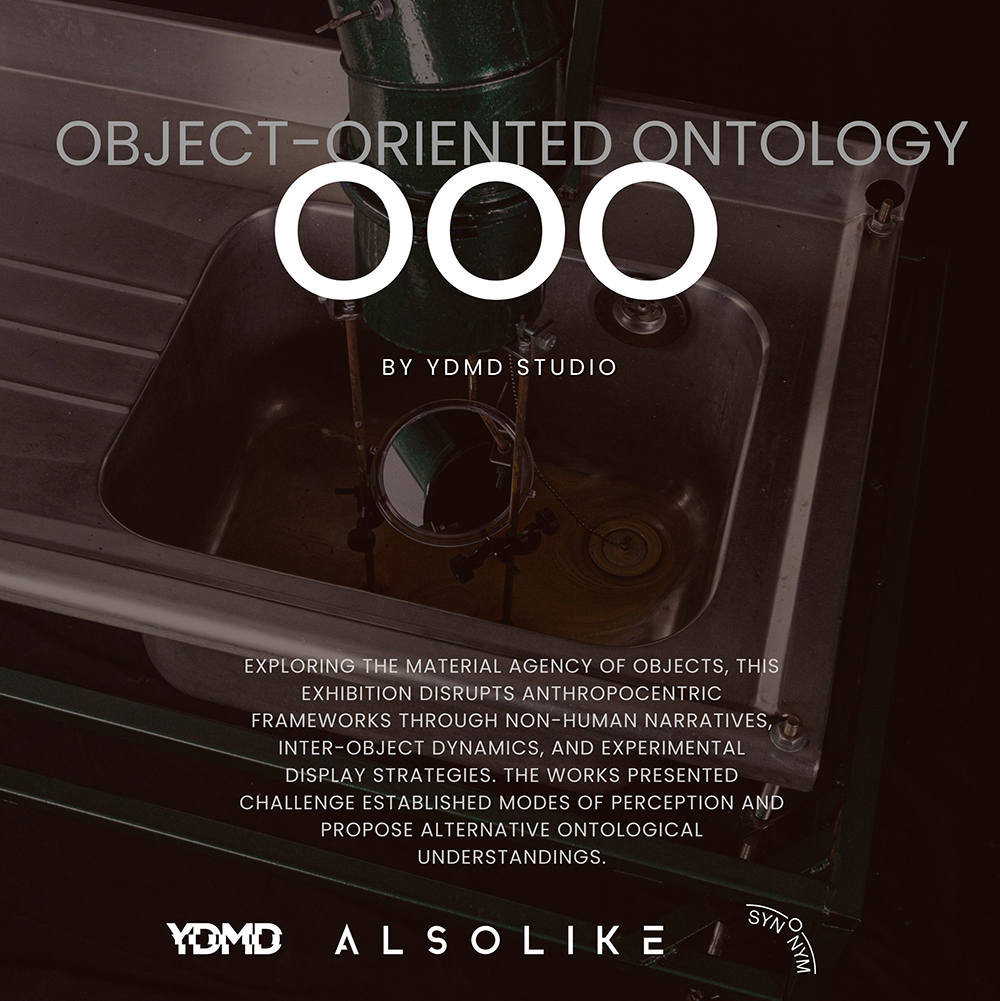

These questions are further explored in OOO, an exhibition co-curated by Yanru in response to Object-Oriented Ontology. Rather than viewing objects as tools awaiting human interpretation, OOO positions them as autonomous agents with internal logic and vitality. Through installations, images, sound, and material-based interventions, the exhibition suspends the utilitarian gaze and asks audiences to encounter objects on their own terms. “No explanation. No naming. No use. Let the object simply be,” reads the exhibition text—an echo of Yanru’s ongoing resistance to prescriptive meaning. Here, objects collide, withdraw, and respond, shaping a sensory field led by non-human presence.
This shift from “What do I see?” to “How are objects occurring?” is emblematic of Yanru’s broader curatorial philosophy: interaction over interpretation, provocation over prescription. Whether in Substance & Recoding or OOO, she curates cognitive architectures—environments that host alternate modes of knowing.
A participatory logic threads through both projects. In Substance & Recoding, modular objects invited reconfiguration. In OOO, viewers became part of a relational ecology in which meaning was continually deferred. The exhibitions function not as closed narratives but as dynamic fields of propositions. They owe as much to Yanru’s earlier career in choreography as to critical theory—walls become pauses, sightlines accelerations, materials cues. Just as a choreographer anticipates kinesthetic response, she maps the audience’s sensorial script.
But beyond spatial intelligence, what distinguishes her curatorial practice is its philosophical depth. In a culture where images and objects are ceaselessly recoded by commerce and media, she positions the exhibition as a space of resistance and re-seeing. Her curating performs a kind of reverse engineering: pulling apart familiar categories and reassembling them speculatively. Whether exploring semantic turbulence or decentralising the human, her exhibitions stage environments where objects ask new questions, and viewers must learn to listen differently.
In an era where the boundaries between information and materiality blur, Yanru’s curatorial method insists that objects are never just things. They are systems under tension, stories in waiting, agents of disruption. What she gives us is not a fixed meaning, but a renewed mode of attention—an invitation to re-enter the world of objects with curiosity, humility, and wonder.
